Seven key features set the 9118A thermocouple (TC) calibrator apart from other high-temperature calibration furnaces:
1. Wide temperature range spanning most high-temperature applications
Standards and guidelines such as AMS 2750 and EURAMET cg-8 require that a thermocouple be calibrated over the full temperature range in which it is used. The 9118A temperature range of 300 °C to 1200 °C covers most high-temperature applications.
2. Flexible configuration for calibrating a wide range of thermocouple types
The 9118A furnace can be operated with or without an isothermal block, which increases calibration workload that can be performed with a single furnace:
- Tube furnace configuration (without isothermal block): Base-metal thermocouples are often sheathed in formable materials such as braided fiberglass or PTFE. During calibration, they are bundled around a reference thermometer, held together with fiberglass cord or tape, and inserted into a tube furnace.
- Isothermal block configuration: Metal- or ceramic-sheathed thermocouples are generally constructed with noble-metal thermoelements and therefore have higher calibration accuracy requirements. The isothermal block, which accommodates up to four 6.35 millimeter probes, improves heat transfer and temperature stability. This better equalizes the temperature between the reference probe and the UUT, which lowers measurement uncertainty compared to calibration without a block.
The furnace configuration can be quickly changed by selecting the calibration parameters stored in the controller for the desired configuration and inserting or removing the alumina ceramic isothermal block.
3. Best-in-class temperature stability and uniformity for calibration accuracy
Axial and radial uniformity, as well as constant temperature stability over time, are key factors that contribute to accurate thermocouple calibrations.
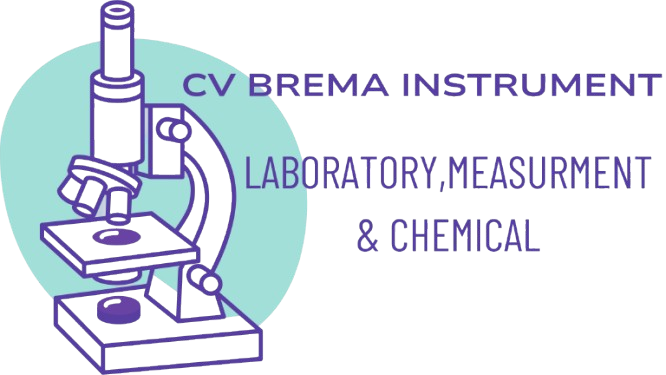
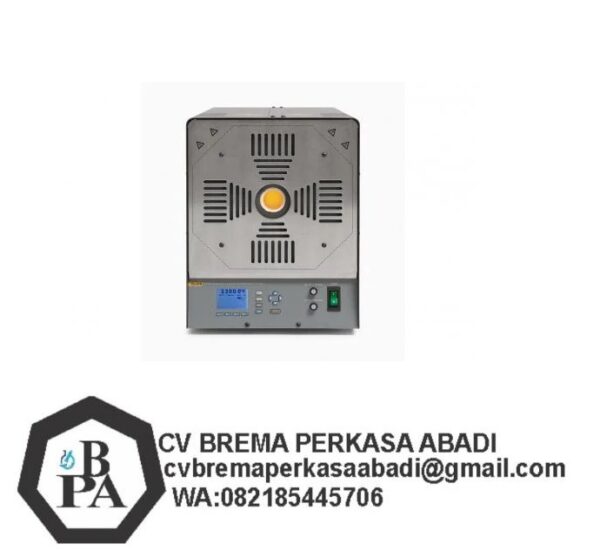
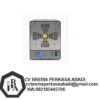
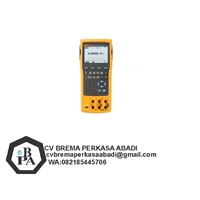
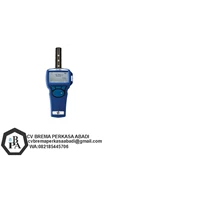
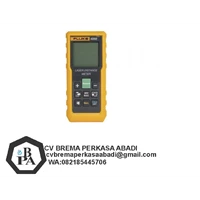
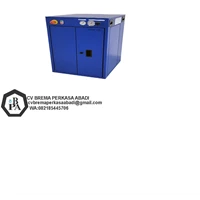
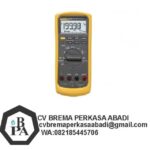
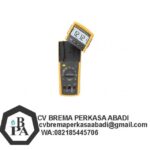
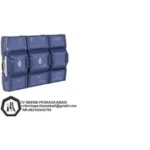
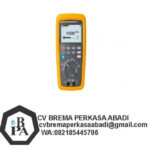
Ulasan
Belum ada ulasan.